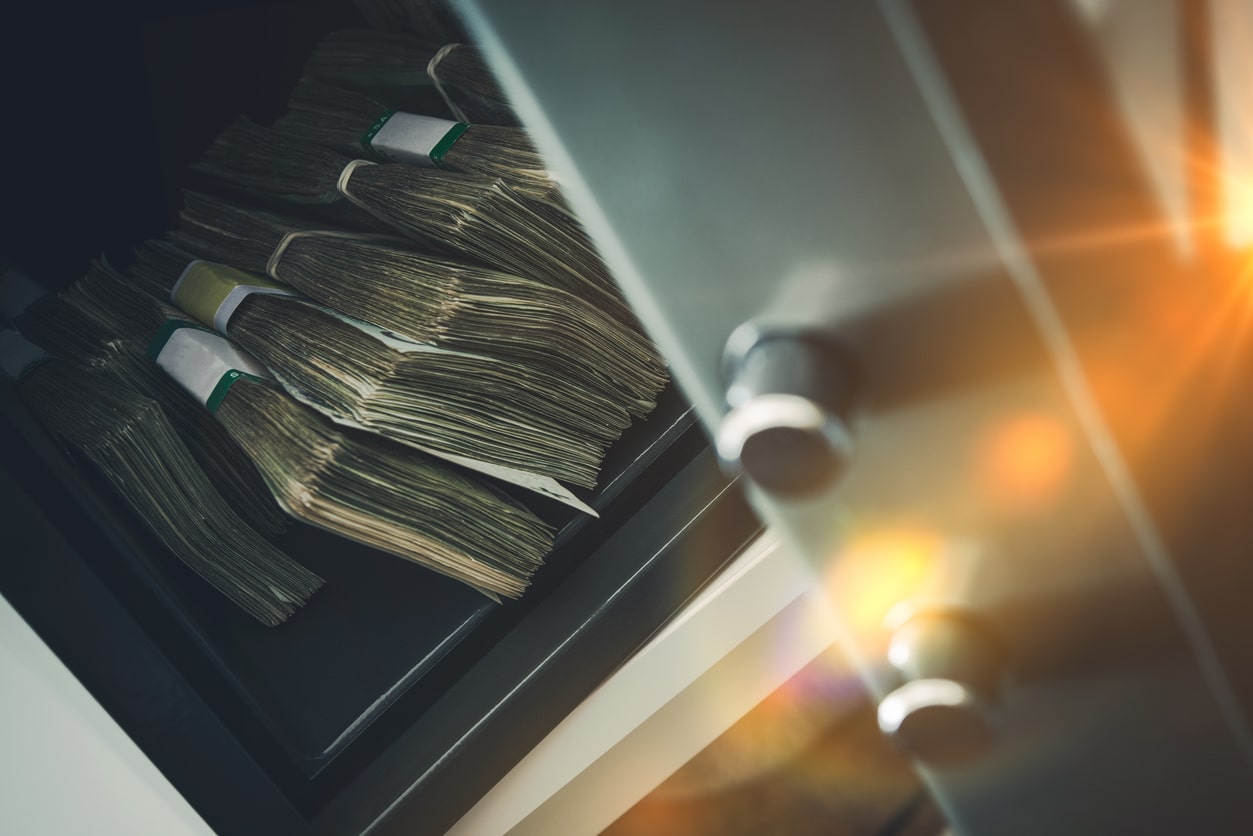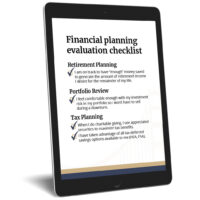
The cash conundrum: Interest rates and long-term investments
As the Federal Reserve hikes interest rates ten times to a notable 5.25% in just over a year, holding cash is generating a lot of buzz. Many view cash as the safe haven, especially when money market funds and similar instruments offer returns over 5% annually with minimal volatility. While these returns are enticing, it’s essential to take a deeper look surrounding cash in today’s financial landscape.
Where the buzz about cash is merited
Those holding cash in savings, checking or brokerage “sweep” accounts still earn near 0% returns. Even if inflation rates were low, but especially with inflation higher than usual, this means 0% cash vehicles have a negative “real” or inflation-adjusted return. Zero volatility is not equivalent to zero risk. Higher yield cash vehicles currently produce a positive inflation-adjusted return. We are also researching and testing an FDIC-insured cash offering with money market-like returns for short-term cash needs.
Where the buzz about cash is not merited
Rates are expected to come down about 2% over the next two to three years. To the extent that happens, money market funds and similar cash equivalents will drop similarly in yields, likely closer to the prevailing level of inflation. For short-term needs money markets funds make sense, but not as a replacement for longer-term fixed income investing in bonds and stocks.
Bonds and stocks have higher returns than cash in the long run—the reward for accepting volatility
When rates come down, it is generally because the Fed needs to stimulate a slowing economy, and stocks are often more volatile during such slowdowns. Bonds prices, however, can have the reverse effect. When rates go down, bond prices rise since existing bonds have lower rates than new bonds at a given point along the bond maturity spectrum.
A bond metric called “duration” calculates this effect. For every 1% reduction in rates, a bond portfolio is expected to go up by 1% multiplied by the bond or bond portfolio’s duration. An intermediate-term bond fund, for example, with a duration of six years would have a price boost of 6%. If the expected 2% drop in rates occurs, that bond fund’s return should jump 12%.
While bond returns fell as rates rose over the last year or so, bond investors are eventually rewarded when rates fall. So, while cash may have higher yields and returns than bond funds currently, this will reverse as rates go back down. Patience pays.
Contact us for help
As always, we are available to help answer your questions. If you or any one you know who may be struggling with the topics above, please encourage them to consult The Advisory Group.
The information provided herein is for informative and educational purposes only. The use of hyperlinks to third party websites is not an endorsement of the third party. Third party content has not been independently verified. To understand how this content may apply to you, please contact a financial advisor.






